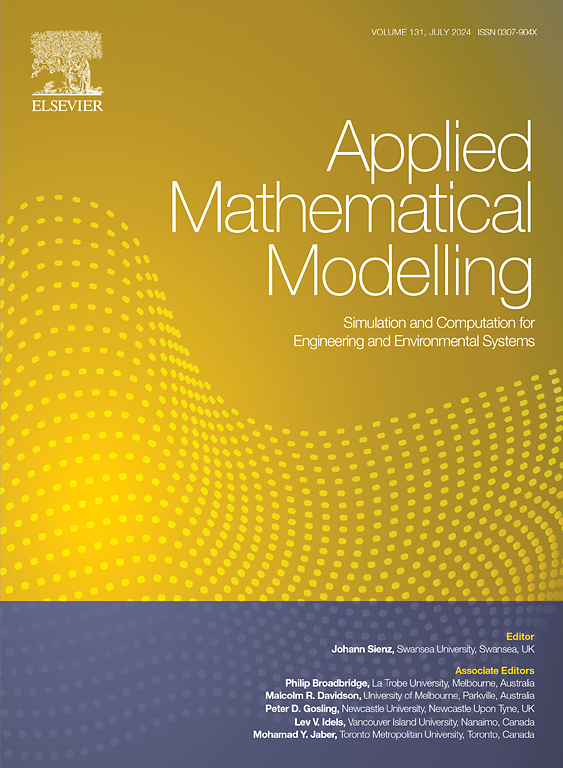优化模型中机器约束学习方法的集成
IF 4.4
2区 工程技术
Q1 ENGINEERING, MULTIDISCIPLINARY
引用次数: 0
摘要
优化模型和机器学习之间联系的一个重要方面是“约束学习”,它涉及推导优化模型的目标函数和约束的数学表达式,特别是当这些组件的显式表达式不可用时。在这种情况下,可以使用机器学习算法从标记的数据集中学习目标函数或约束,然后将其纳入优化模型。据我们所知,具有RBF核的支持向量机、线性和非线性双支持向量机以及k近邻方法尚未应用于约束学习。为了解决这一研究缺口,我们专注于将通过这些方法学习到的函数嵌入到优化模型中,并讨论了必要的线性化技术。此外,由于k近邻法会导致大规模的优化模型,提出了一种启发式算法来有效地求解该优化模型。在优化食品篮子组成和奖学金分配的背景下,对所提出的方法的性能进行了评估。本文章由计算机程序翻译,如有差异,请以英文原文为准。
Integration of machine constraint learning methods within optimization models
One important aspect of the connection between optimization models and machine learning is “constraint learning”, which involves deriving mathematical expressions for the objective function and constraints of optimization models, particularly when explicit expressions for these components are unavailable. In such situation, objective function or constraints can be learned from a labeled dataset using machine learning algorithms and then incorporated into the optimization model. To the best of our knowledge, support vector machine with RBF kernel, linear and nonlinear twin support vector machine and K-nearest-neighbors approaches have not yet been applied for constraint learning. To address this research gap, we focus on embedding functions learned through these approaches into optimization models, and discuss the necessary linearization techniques. Moreover, as the K-nearest-neighbors approach leads to a large-scale optimization model, a heuristic algorithm is proposed to solve it efficiently. The performance of the proposed approaches are evaluated on two real-world applications in the context of optimizing food basket compositions and scholarship allocation.
求助全文
通过发布文献求助,成功后即可免费获取论文全文。
去求助
来源期刊

Applied Mathematical Modelling
数学-工程:综合
CiteScore
9.80
自引率
8.00%
发文量
508
审稿时长
43 days
期刊介绍:
Applied Mathematical Modelling focuses on research related to the mathematical modelling of engineering and environmental processes, manufacturing, and industrial systems. A significant emerging area of research activity involves multiphysics processes, and contributions in this area are particularly encouraged.
This influential publication covers a wide spectrum of subjects including heat transfer, fluid mechanics, CFD, and transport phenomena; solid mechanics and mechanics of metals; electromagnets and MHD; reliability modelling and system optimization; finite volume, finite element, and boundary element procedures; modelling of inventory, industrial, manufacturing and logistics systems for viable decision making; civil engineering systems and structures; mineral and energy resources; relevant software engineering issues associated with CAD and CAE; and materials and metallurgical engineering.
Applied Mathematical Modelling is primarily interested in papers developing increased insights into real-world problems through novel mathematical modelling, novel applications or a combination of these. Papers employing existing numerical techniques must demonstrate sufficient novelty in the solution of practical problems. Papers on fuzzy logic in decision-making or purely financial mathematics are normally not considered. Research on fractional differential equations, bifurcation, and numerical methods needs to include practical examples. Population dynamics must solve realistic scenarios. Papers in the area of logistics and business modelling should demonstrate meaningful managerial insight. Submissions with no real-world application will not be considered.
 求助内容:
求助内容: 应助结果提醒方式:
应助结果提醒方式:


